|
In creating characters that readers care about, the reader doesn’t need to like them – at least at first. In those crucial first pages, the reader is still getting their bearings. They don’t know or understand the characters yet. But, if they don’t understand them, how can they empathise with them? Why would any reader care about a character with whom they can’t empathise, and why would they keep reading? For a reader to begin a relationship with the person on the page, they need to see that character caring about someone or something other than themselves. In the early paragraphs and pages, when we’re still luring our reader in to become hooked on our story, the plot or context is likely to be one of tension – internal, external or both. Our protagonist will be in the thick of it, or about to be. At this point, a standard trick in feature film scripts to engender audience empathy for the protagonist is to stage a ‘save the cat’ moment, where the hero or heroine steps out of their comfort zone, perhaps at risk to themselves, to perform an impressive act of kindness. In novels, however, this could appear too large a moment, unsubtle, and too obvious a technique for winning a reader’s heart. In the first pages of Hunger Games first novel, author Suzanne Collins has her heroine, Katniss, worried about her younger sister. Anyone who cares about another person is inherently good, and is therefore worth caring about in turn. Readers register this kind of subtext with little or no analysis, but the questions remain – why does the protagonist care? What is the threat and what is the worst-case scenario? In that cunning way we writers bind and enchant our readers to our tale, we’ve already indicated ‘here is someone worth caring about’. If the plot is high stakes, any altruistic thoughts the protagonist has are put into sharp relief – caring becomes an active, risky thing, and therefore admirable. Even a selfish character or anti-hero has to care about something, otherwise there would be no dilemma and the reader would struggle to remain interested. In the first pages of Craig Silvey’s Jasper Jones, protagonist Charlie, acting against his parents’ strictures and his own fear, exits into the night, summoned to help his dangerous friend, Jasper. Without knowing anything else, Charlie wins the reader’s sympathy, and the author wins their intrigue. Either way, we’re hooked. In the opening pages of Haruki Murakami’s IQ84, the female protagonist, Aomame, cares for a piece of music, specifically composer Leos Janacek’s Sinfonietta. Murakami uses stream of consciousness exposition as a curiously adrift Aomame is stuck in traffic, listening to music, letting her mind wander. She thinks, is thoughtful and therefore cares what she thinks about. Even if we don’t care, we’re curious about why she does, and see that she is a decent person as she considers the cab and its owner. In the tension of gridlocked traffic, stuck in the confines of a small taxi on one of the upper level freeways that fly high through Japanese cities, when Aomame decides to strike out and leave the taxi to get to an appointment, it’s an oddly daring risk - a flight to freedom and into possible danger. She doesn’t care about herself, but she’s likeable and intriguing, and we’re worried what’s going to happen to her. In Lev Grossman’s The Magicians, three teenagers are walking to an interview. The two in front are James and Julia, young lovers who walk hand-in-hand. Behind is the Quentin, desiring Julia but loving James, who, in turn, shows his love for the other two by wit aimed at easing the tension. Julia loves them both, showing it with silly banter. None of them are talking about the interview, but it hangs like a deep, held organ note throughout the first pages. Without knowing any more, we know all three care enough to protect the others from worry, despite their own. Irrespective of plot, and even with minimal context, observing an act of caring raises questions that are inherently intriguing. Why is this person behaving selflessly? Are they wise or foolish to do so? Is the person or thing they care about worthy? Would I be as brave and generous in the same situation? When characters risk something for someone else, perhaps against their own wishes, and even putting themselves in danger, readers perceive bravery, and cannot help but admire that character. Even a doomed romantic like a Don Quixote wins our affection by dint of his unrelenting love for the appalling Dulcinea. To care is to love, and love attracts love. Thus we may ensnare our readers to read on, by falling in love with our characters who care.
0 Comments
In 2010 I wrote an anthology of stories on the theme of death, The Children’s Guide to Death. In 2011, I saw that Qpix – an offshoot of Screen Queensland – were taking submissions for short film scripts. I wrote one and sent it in. True Love was picked up by Ignition Films’ Simon Toy and director Robert Braiden, who turned it into a ten-minute film. In 2012, True Love won awards in Brisbane, New York and the Gold Coast for best story and best drama. Though I write scripts for television, I’d never written a short film script, but True Love lent itself to conversion. It’s a single scene, set in an industrial wasteland, where a battered wife tries, and fails, to bury the husband she’s just murdered. A man walking his dog comes across her, and the interaction between them changes their lives. Film Credits Watch full version here I was surprised and chuffed that the script was picked up, amused by the ‘payment deal’ where Qpix’s heroic and indefatigable Kerry O’Brian had to fetch his wallet to formally pay me the two dollars for the rights, and rapt to be able to workshop the script with L.A.-based writer, Richard Taylor. We swapped versions and tweaks by email and consulted by phone; lengthy calls that highlighted the differences in how I saw the story, and how he did. I was focused on character, particularly the man with the dog, and less so on the overall theme, which Richard, Simon and Robert instantly saw as a redemption story. I found it hard to pitch my understanding of the male character to the others. He is an extraordinary character based on two men I’ve met in real life – street fighters with nothing to prove. But hard men age, mellow, can have regrets, and therefore lend themselves to the possibility of redemption. Even in these ‘softer’ moments however, there is nothing soft about the men themselves; things are done because there is sufficient reason to do them. Emotion, what there is, is acknowledged as just another factor in the equation, and is not necessarily the prime directive. These men are dangerous. Adhere to reasonable, polite and respectful behaviour and you’ll probably be fine. Make a foolish mistake and you’ll probably rue the consequences in a hospital bed. So that was my focus; painting a character at a cusp, meeting another character at a cusp. Because I was so focused on this, I struggled sometimes with changes suggested by Richard that I felt weren’t consistent with my vision. Nevertheless, I decided early on that while the original story and script were mine, the film and expertise belonged to others to do as they wanted with it. It was my job to help them achieve their vision, not mine. It was also a valuable learning experience, and one where it was better for me to listen and accept than raise objections and obstacles. Finally, after five or so drafts of my simple story, Richard Taylor was done with me, and we parted on the phone in cheerful fashion – Richard to attend a star-packed party in Los Angeles, me to throw the ball for the dogs in the empty section next door before making dinner for the missus. Then the script went to Simon and Robert. I’d assumed that would be an end to drafts, but they workshopped their own take, and suggested and requested more tweaks. I had to balance my defence of dialogue and action against their need to be sufficiently satisfied with their script to the point that they could go ahead and shoot it. While we worked well together, and it was friendly all the way, I privately struggled with frustration that the script needed more work. But I kept to my role, which was to assist them and to learn everything I could about the process. Finally they were satisfied, and the shooting went ahead over a single weekend in a graveyard of old Queenslander houses, perched on rusting scaffolding; windows winking with fallen blinds, doors sagging with rust and disuse. I visited the location for a few hours to watch the processes of direction, acting and cinematography, and had the pleasure of hearing my words come to life. It’s a rollercoaster ride, but one worth considering if you have an interest in feature film scripts. You will learn humility, and that the writer doesn’t always have the total grasp of his or her own concept. Sometimes it will be others that point out themes and issues you are blind to.
I'd encourage early scripts to be written as low-budget as possible. There is no money in short-film making, so the story and core idea it’s based around, needs to be simple and powerful – a fresh twist on a familiar theme. |
Reviews & stuff
Archives
July 2022
Categories
|



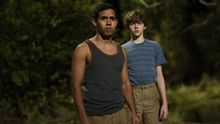
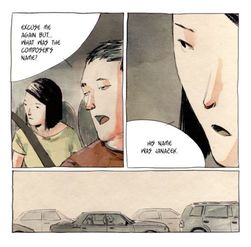
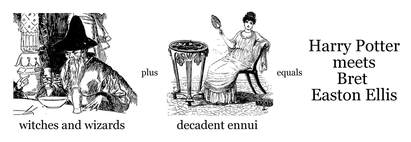
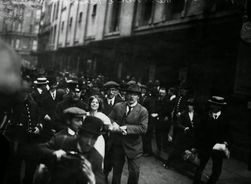
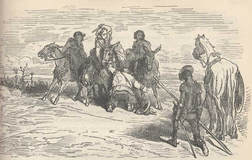
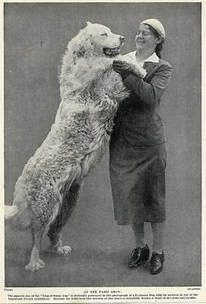
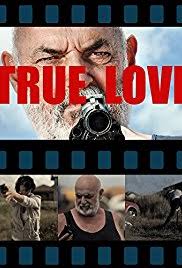
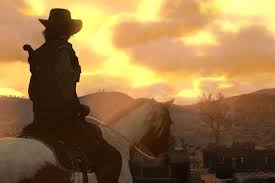



 RSS Feed
RSS Feed
